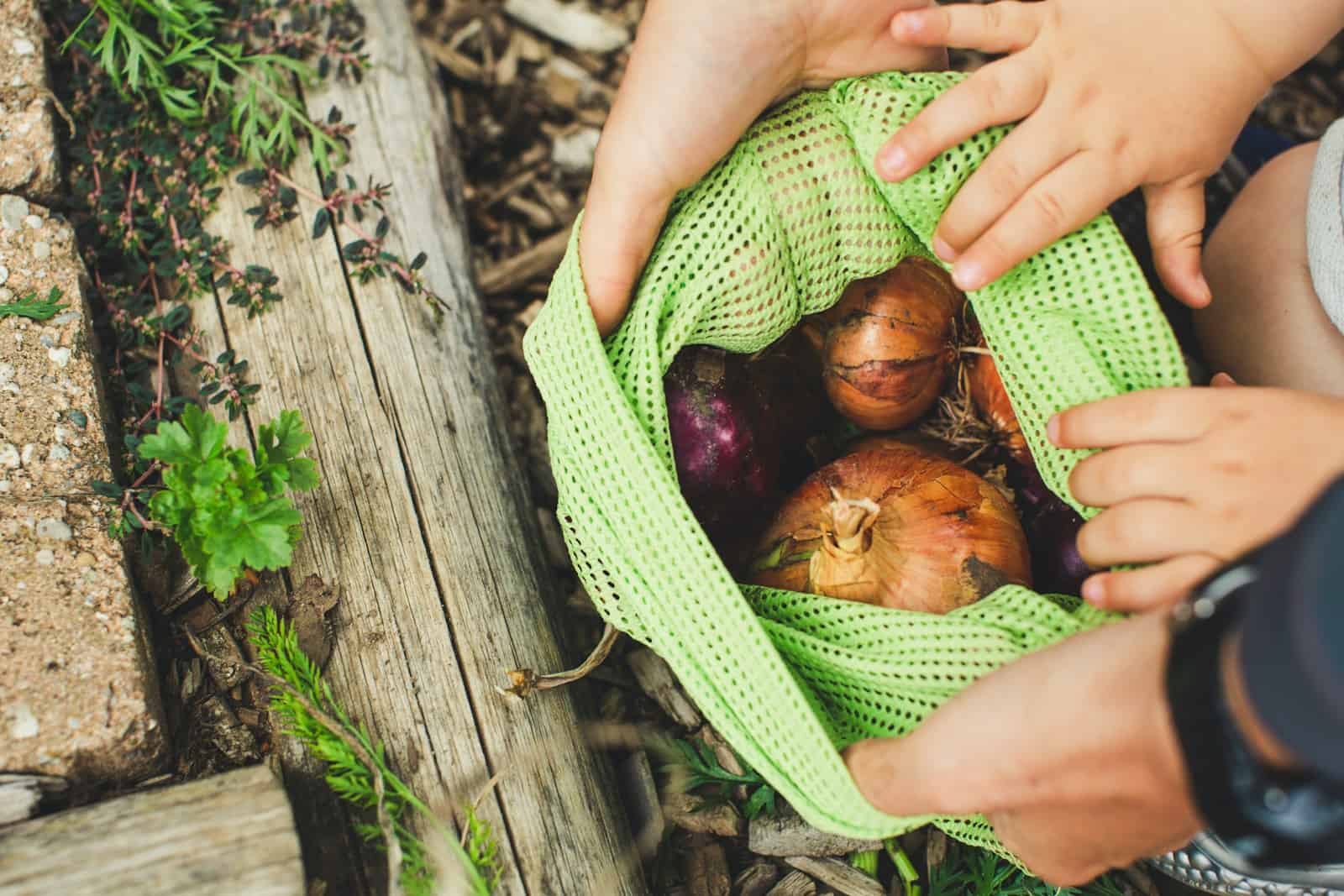
Photo by Markus Spiske on Unsplash
Pesticide Risks in US Produce: What You Should Know
April 19, 2024
Consumer Reports has completed an extensive review of pesticides in 59 types of fruits and vegetables commonly found in the U.S. The study analyzed seven years of data from the U.S. Department of Agriculture, revealing concerning findings about pesticide residues in our food.
According to the data, 20% of the produce examined showed significant pesticide risks. This includes popular choices like bell peppers, blueberries, green beans, potatoes, and strawberries. Alarmingly, some of the tested produce contained residues of pesticides not permitted for use on those specific foods in the U.S. for over a decade.
Imported produce, especially from Mexico, was found to have higher levels of pesticide residues compared to domestically grown produce. However, not all the news was bad; nearly two-thirds of the foods tested presented little to no pesticide risk, with organic produce generally safer.
Consumer Reports’ analysis provides guidelines on safe consumption levels for different foods. Sixteen fruits and 21 vegetables were rated as low-risk, allowing for more than three servings a day. Ten foods were of moderate risk, while 12 foods were considered high-risk, requiring limited consumption, especially for children and pregnant individuals.
The EPA’s pesticide risk assessment has been criticized for not reflecting the latest scientific findings. Consumer Reports uses a precautionary approach, setting lower limits for harmful pesticides and considering potential health risks from exposure to multiple chemicals.
Pesticides are chemicals designed to kill organisms and can pose health risks to humans. Studies have linked pesticide exposure to increased risks of cancer, diabetes, cardiovascular disease, and developmental issues in children. Vulnerable populations, including farmworkers and their families, face higher health risks from pesticide exposure.
Consumers can reduce pesticide exposure by choosing low-risk produce and opting for organic versions when possible. While organic foods are generally safer, they can be more expensive. Importantly, green beans and strawberries from Mexico were flagged as particularly high-risk due to pesticide contamination.
While some U.S. produce carries pesticide risks, most fruits and vegetables are safe for consumption when chosen wisely. It’s crucial to stay informed and make informed choices to minimize pesticide exposure and protect our health.
Recent News
Google’s Antitrust Trial Teeters On
Google’s landmark antitrust case against the Justice Department has reached its final stage, sparking concern across Silicon Valley. Prosecutors argue that Google’s dominance in online search and search advertising markets is illegal, while Google maintains its superiority. The outcome, to be decided by US District Judge Amit Mehta, could have significant implications not only for Google but also for other tech giants like Apple, Amazon, and Meta.
Virgin Galactic’s Unity Spacecraft Nears Final Flight
Virgin Galactic has announced that its Unity spacecraft is set to embark on its last commercial journey, marking a significant milestone for the company. The Galactic 07 mission, scheduled for June 8, will be the 12th and final flight of the Unity spacecraft before Virgin Galactic shifts its focus to its new Delta-class spacecraft.
Apple’s Vision Pro Headset Dominates Enterprise Market
Apple’s Vision Pro headset, a mixed-reality spatial computing device, has found its way into the arsenals of more than half of the Fortune 100 companies, with over 50% investing in at least one unit. This revelation came during Apple’s first quarter 2024 earnings call, where CEO Tim Cook highlighted the enthusiastic reception of their products within the corporate sector.
Cinco de Mayo 2024: Food and Drink Specials
Cinco de Mayo isn’t just a celebration of Mexican-American culture; it’s also a day of fantastic deals and specials across the nation. This year’s festivities kick off with deals that last until May 5th. Here’s a list of some of the offers:

